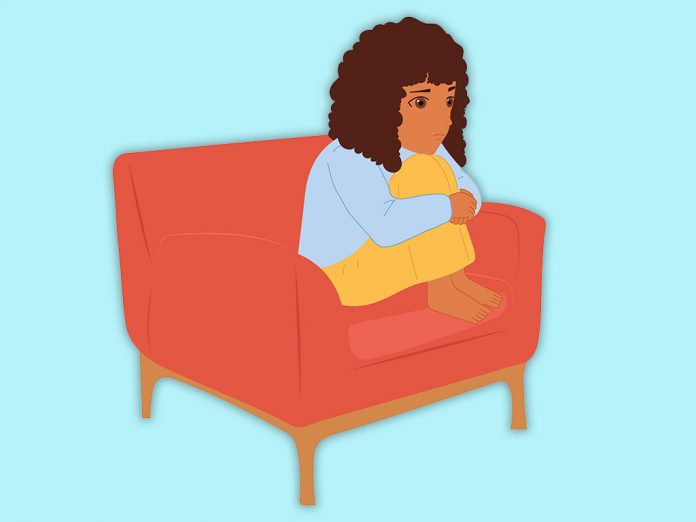It is estimated that one in five children aged 13 to 18 has or will have a serious mental illness, and only 50% of adolescents aged 8 to 15 have consulted mental health services in the past year. An untreated mental disorder can get worse and make treatment more difficult. Additionally, untreated children have a higher risk of developing other mental illnesses.
There are countless illnesses that affect each child differently. Among the large dimensions, the following disorders are the most common:
- Anxiety disorders, such as separation anxiety and panic disorders, are often found in younger children who are highly dependent on an adult. Anxiety disorders are a type of mental illness. Anxiety makes it difficult to get through the day. Symptoms include feelings of nervousness, panic and anxiety, as well as sweating and a rapid heart rate. Treatments include medications and cognitive behavioral therapy.
This is one of the most common mental health problems in children and adults, affecting over 20% of children and adolescents in their lifetime. Anxious young people are often quiet and well-behaved, so they often go unnoticed by their parents, teachers, and coaches. Alternatively, others may be disruptive and behaving, labeled as having attention deficit disorder, or being a “bad” guy. In both scenarios, young people are not getting the help they urgently need. Unfortunately, untreated anxiety can lead to depression, loss of career opportunities and relationships, increased substance use and decreased quality of life.
-
Depression is a very common mood disorder, affecting 10-15% of children and adolescents before they reach adulthood.
A mood disorder that can cause a person to feel sad, irritable, or hopeless. It can affect your sleep, your appetite, or your relationships with others. Depression can also cause you to lose interest in hobbies or activities that you once enjoyed. In severe cases, depression can lead to suicidal thoughts.It is usually diagnosed when symptoms last two weeks or more. It should only be evaluated, diagnosed and treated by a medical professional. Although depression is a serious illness, it is usually treatable.
-
Attention Deficit Hyperactivity Disorder, commonly known as ADHD, is a disruptive behavior disorder that affects a child’s attention, hyperactivity and impulsivity.
ADHD (Attention Deficit/Hyperactivity Disorder) is a chronic condition that affects millions of children and often persists into adulthood. ADHD involves a combination of ongoing problems, such as difficulty sustaining attention, hyperactivity, and impulsive behavior. ADHD is one of the most common neurodevelopmental disorders in childhood. It is usually first diagnosed in childhood and often persists into adulthood. Children with ADHD may have trouble paying attention, controlling impulsive behavior (perhaps acting without thinking about what the outcome will be), or being overly active.
-
Autism spectrum disorder is a developmental disorder that impairs a child’s communication and social interaction. In the past 10 years, there has been a huge increase in efforts to identify the cause of this disorder since we have seen such a massive diagnosis increase.
It is a condition related to brain development that impacts how a person perceives and socializes with others, causing problems in social interaction and communication. The disorder also includes limited and repetitive patterns of behavior.
This is a neurological and developmental disorder that affects how people interact with others, communicate, learn, and behave.
Although autism can be diagnosed at any age, it is described as a “developmental disorder” because symptoms generally appear in the first two years of life. - Eating disorders usually develop along with other mental disorders. Problem eating behavior can include anorexia, bulimia, or binge eating. Eating disorders are a collection of mental illnesses that cause unhealthy eating habits. Eating disorders are serious conditions related to persistent eating behaviors that negatively impact your health, emotions, and ability to function in important areas of life. The most common eating disorders are anorexia nervosa, bulimia nervosa and binge eating disorder.
Mental health encompasses our emotional, psychological and social well-being. It influences the way we think, feels and act. It also helps determine how we cope with stress, interacts with others, and make healthy choices. Mental health is important at every stage of life, from infancy through adolescence to adulthood.




